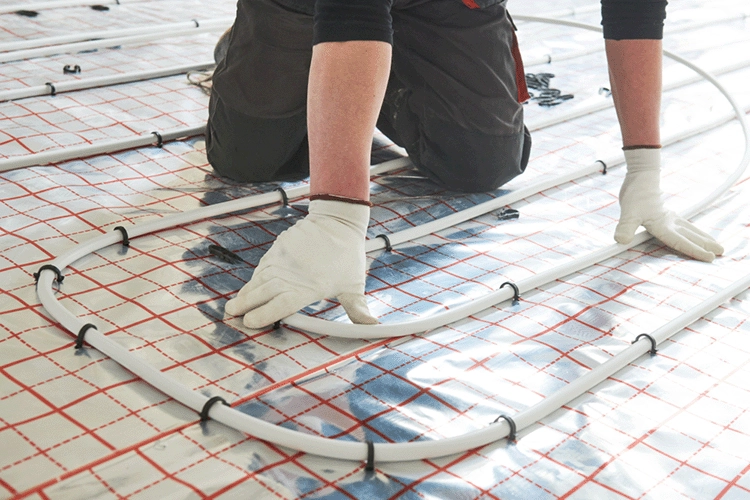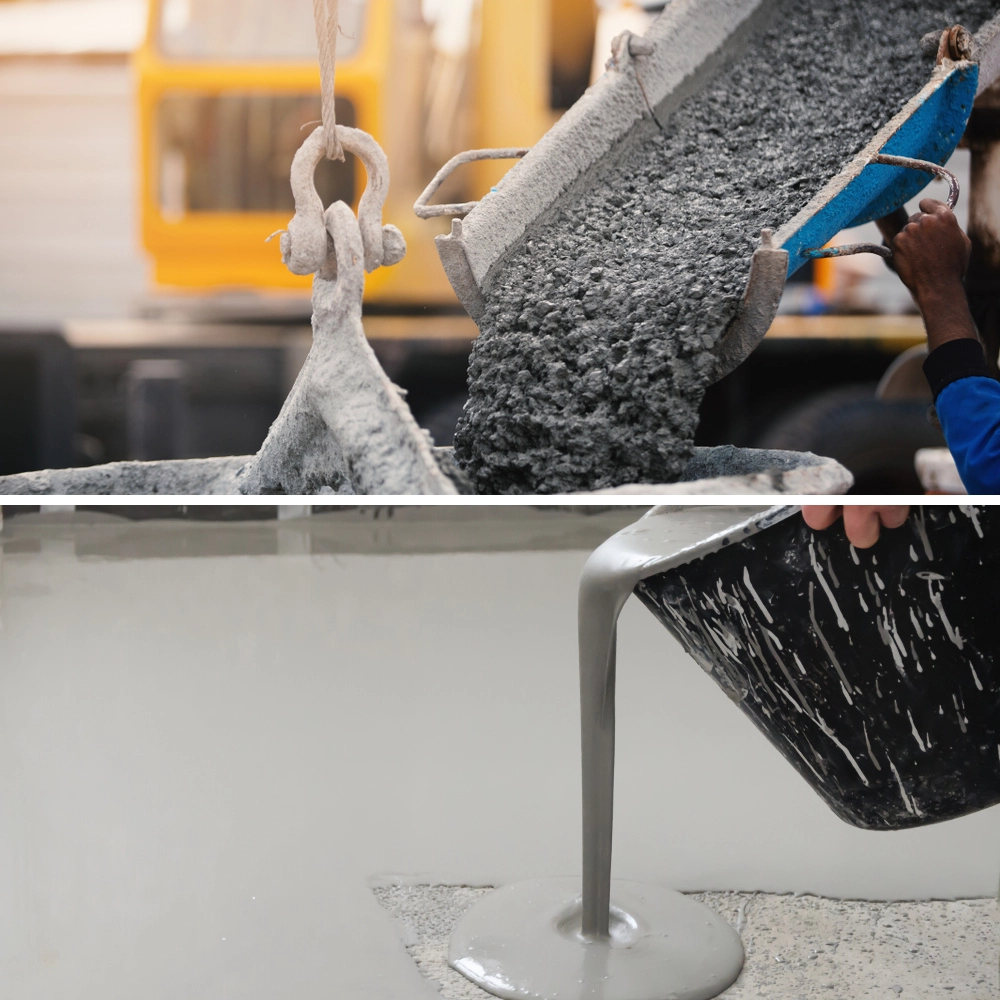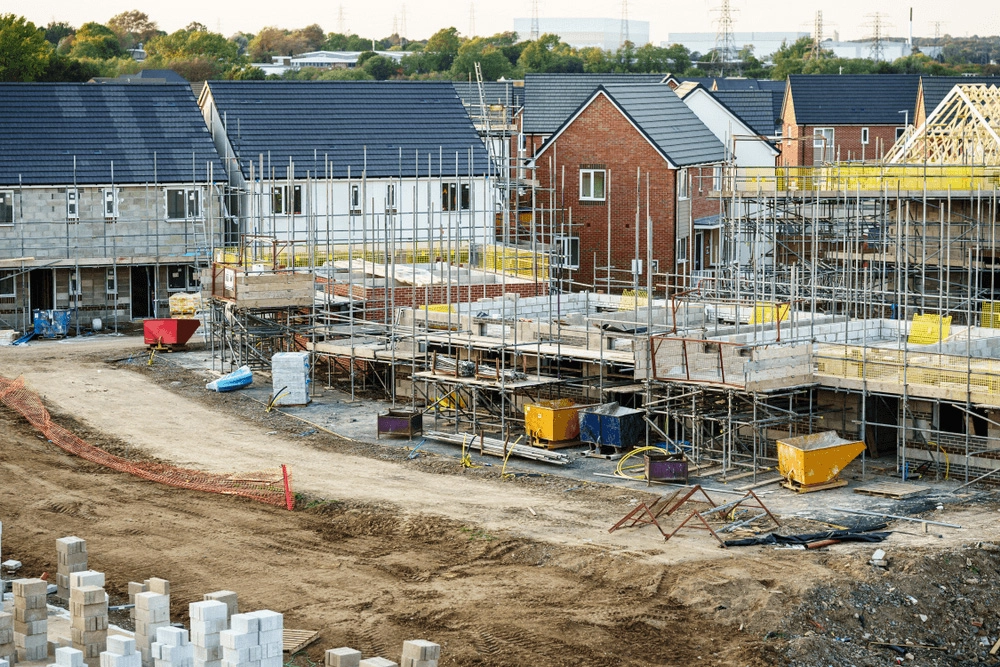Underfloor heating (UFH) is rapidly gaining traction as a preferred alternative to traditional heating systems such as radiators and air conditioning. By installing pipes or heating mats beneath the floor, UFH provides an efficient and cost-effective solution that distributes heat evenly throughout a room. This method not only creates a comfortable indoor environment but also enhances energy efficiency in both residential and commercial properties. In this article, we will delve into the latest industry trends in the UK, explore various installation methods for residential and commercial settings, and examine the different types of screed and flooring suitable for UFH systems.

Industry Trends in the UK
The UK underfloor heating market is experiencing significant growth. According to a report by AMA Research, the market was valued at £139 million in 2020, showing an impressive growth rate of 8% from the previous year. This upward trend is largely attributed to the increasing demand for energy-efficient and eco-friendly heating solutions, especially in new-build homes and renovations.
The UK government’s commitment to reducing carbon emissions has further fueled the popularity of UFH, as it is regarded as a low-carbon heating option. Recent technological advancements have also played a crucial role in this trend, making UFH systems more efficient and cost-effective for homeowners and businesses. Key innovations include smart thermostats and advanced controls, which enable precise temperature management and energy savings.
Sustainability and Design Integration
Additionally, sustainability is becoming a significant focus in the construction industry. Many new developments are incorporating UFH as part of their sustainability strategy, emphasizing its compatibility with renewable energy sources like heat pumps and solar thermal systems. Moreover, designers are increasingly recognizing the aesthetic benefits of UFH, allowing for more flexible interior design without the need for bulky radiators.
Installation Methods for Residential Properties
In residential properties, there are two primary types of underfloor heating systems: wet and dry.
Wet UFH System
Wet UFH systems use a network of pipes that circulate hot water, connected to a boiler or heat pump. The installation process typically involves:
- Insulation Layer: The first step is laying down an insulation layer, which helps retain heat and improves overall efficiency.
- Pipe Layout: Pipes are then laid out in a specific pattern, often following a serpentine or spiral design, to ensure even heat distribution.
- Screed Application: The pipes are covered with screed, a mixture of sand, cement, and water. This layer not only protects the pipes but also facilitates heat transfer to the floor surface.
- Drying and Flooring: Once the screed has set and dried, a floor covering can be installed. Choices of flooring must consider the type of screed used, as some materials may require specific screed types for optimal performance.
Dry UFH System
Dry UFH systems utilize electric heating mats or cables installed beneath the floor. The installation steps include:
- Insulation Layer: Similar to wet systems, a layer of insulation is applied.
- Heating Mats/Cables: Electric heating mats or cables are laid directly onto the insulation. These systems can often be installed more quickly than wet systems.
- Levelling Compound: A layer of levelling compound is applied to create a smooth surface for flooring installation.
- Flooring Options: Dry systems offer more flexibility in flooring choices, as they do not require specific types of screed.
Installation Methods for Commercial Properties
Installing UFH in commercial properties is generally more complex due to larger spaces and higher demand for efficiency. There are two main types of screed utilized in commercial installations: traditional screed and liquid screed.
Traditional Screed
Traditional screed, composed of sand, cement, and water, is applied in a semi-dry state. The installation involves:
- Pipe Installation: Pipes for the wet UFH system are laid on an insulation layer.
- Screed Application: The screed is poured over the pipes and smoothed out, providing a stable surface.
- Drying Period: The screed must dry completely before any flooring can be installed, which can extend the overall installation time.
Liquid Screed
Liquid screed represents a more modern approach, known for its flowing consistency and ease of application. The installation process includes:
- Pumping Liquid Screed: Liquid screed is pumped onto the insulation layer, enveloping the UFH pipes seamlessly.
- Smoothing and Setting: The liquid nature of the screed allows for a smooth finish, eliminating the need for additional levelling compounds.
- Quick Drying: Liquid screed often dries faster than traditional screed, enabling quicker flooring installation.
Choosing the Right System
When selecting a UFH system for commercial properties, considerations include the building’s purpose, layout, and the specific heating requirements. Collaboration with heating engineers and contractors is essential to determine the most effective system design and installation method.
Conclusion
Underfloor heating is not just a trend; it’s a significant advancement in heating technology, offering numerous benefits in efficiency, comfort, and design flexibility. As the UK moves towards more sustainable building practices, UFH is poised to play an increasingly vital role in both residential and commercial properties. With ongoing innovations and an expanding market, underfloor heating systems are becoming an attractive option for modern living and working spaces.












